
This article is part of an exciting series we launched in 2018 called Today’s Wonder Women – designed to celebrate the inspiring, impactful, empowering and extraordinary things ordinary women are doing every day. Over the coming months we will be sharing interviews, essays, articles and guest posts about women who are creating change. If you have a story to share and want to add your voice to the Today’s Wonder Women conversation, get in touch by emailing info@girltalkhq.com.
Remember the name Sage Paul. She is going places. The work she is doing within the fashion community in Canada, specifically for Native designers and artists, is making the fashion world take notice. With numerous awards and design accolades, being recognized as an influential women in her field, Sage is clearly at the top of her game.
She is also the founding collective member and artistic director of Indigenous Fashion Week Toronto, which is all about amplifying the work and artistry of Indigenous designers and artisans. They aim to prioritize Indigenous designers (at least 60%) and have a majority Indigenous female creative team working behind the scenes.
The mission of IFWTO is to disrupt mainstream cultures while also educating people about the harm of exploiting Indigenous textiles, narratives and stereotypes. This type of message is also something Sage brings into the academic arena with her role as board advisory at the Ryerson School of Fashion, and to George Brown College where she is developing an Indigenous Fashion elective course.
Sage’s work, which she calls “anti-fashion”, is not just fashion for fashion’s sake, it is about showing the deep connections to people, culture, the land, and most importantly the Indigenous way of life. We spoke with this cultural and artistic disrupter about IFWTO, her heritage and how fashion can become a powerful vehicle to share vital and timely cultural messages.
When did you first become interested in fashion and design as you were growing up?
Fashion was instilled in me at a young age. My family and community made our own fashion, regalia and crafts, because it’s culturally our way of life and because we had to. We couldn’t get it anywhere else. Fashion, crafts and textiles are forms of Indigenous expression, culture and storytelling that only we can share – for example, right now I’m really into exploring the witigo spirit, and the correlations between cannibalism and capitalism – and that moves me in profound ways to ensure we are a part of and have access to the larger Canadian dialogue, where we create and disseminate our own work.
Can you tell us about being an urban Denesuliné woman and a member of English River First Nation? We’d love to learn about some of your history.
I am proud to be Denesuline Tskwe and a member of English River First Nation. My family and ancestors fought and continue to fight through oppression and colonialism so I could be here. Because of that, I feel like the work I do is bigger than I am. I hold a responsibility to those after me. That is what being an urban Denesuline woman is about.
On your website, you have the words “anti-fashion” on the homepage. Can you tell us what this means?
“Mainstream fashion” is a commodity that functions in capitalism. With the focus on profits “mainstream fashion” exploits the consumer for sales. Marketing and advertising illusions are released to increase sales. They use alluring images and words like “fashionista” “must-have” and “luxury”. Anti-fashion is conscious and resists that illusion. For me, anti-fashion is to make and share fashion as a form of expression, a language and a tool. Fashion is incredibly accessible and can unify and connect people, culture, history, politics, religion, trends, scenes, utilitarianism and more. Fashion is a powerful inclusive medium and can be the cursor to something meaningful if approached with strategy, care and integrity.

How can fashion be a tool for storytelling and sharing messages?
We all come from somewhere. What we wear is a powerful platform to share our past, present and future; fashion is a powerful language to speak for it. A few examples of how contemporary Indigenous designers use fashion for storytelling and sharing messages include:
Janelle Wawia traps and tans her own furs and leather. Her collection “We Are Still Here” showed at IFWTO 2018, which was a collection of fur and printed cotton looks with cree syllabics translating to “We Are Still Here”. A statement that says Indigenous people and the practices we use were not erased as intended by the government of Canada.
Artist Joi Arcand of Mad Aunty uses syllabics and Indigenous languages in her jewellery, but predominantly Cree. She laser cuts plexi to create necklaces, earrings and necklaces that spell phrases like “go away” or “woman” in Cree. The use of our languages is an incredible act of sovereignty and resistance.
Skye Paul (my sister), learnt to bead from our auntie, and our auntie learnt from our grandma. Our dad says Skye is a pro-beader like our grandma was, I agree. Skye makes hand-made beaded patches in modern sailor jerry style floral designs for jean jackets and vintage purses.
Warren Scott presented a collection of girlish paisley dresses at the first IFWTO, which was inspired by photos from the 1950s, deeply rooted in family and community and pays homage to his aunties (who helped with the crochet accessories!). On his instagram you can see the stories and anecdotes that are connected with these works.

Section 35 is a clothing collective of street wear with strong political messaging like “Fuck Colonialism”. Protest wear is modern expression and resistance for many Indigenous people who are or are not at the front lines. Other brands making protest wear are the ENAGB youth at the Native Canadian Centre of Toronto with their “Relentless and Resilient” apparel, NTVS with slogans like “Sage Against the Machine” and M.O.B.I.L.I.Z.E.
I’m really excited to see all the ribbon skirts! Ribbon skirts are worn for many occasions, in ceremony, protest and for style. Various colours and applique can tell where someone is from, their clan, what their spirit name is and what their colours are, or sometimes for beauty. Everything from creation stories and current issues are applique’d on ribbon skirts. This is an exciting garment I’m seeing more prominently worn. Some designers to check out: Injunuity, Delina White and Tala Tootoosis.
You are the founder of the Indigenous Fashion Week Toronto, an event that celebrates and showcases the work of majority Indigenous designers and textile creators. Why did you decide to create this event?
It was time. We need and deserve our own platform to present our work. Every person undeniably interacts with fashion every single day and Indigenous designers play an important role in that interaction. Right now there is a very visible movement of Indigenous fashion, crafts and textiles, and because of that I’m excited for the perspective of fashion to go beyond commerce and towards culture and arts.
IFWTO presents 100% Indigenous designers and aritsts in fashion, crafts and textiles, majority are women.

You have received awards and accolades for your influential work with IFWTO. Given that the fashion industry has historically been notorious for exploiting and excluding Indigenous designers and stories, what does it mean to you to be able to disrupt this world while also using it as a platform for the Native voices?
Only ten years ago the opportunity for Indigenous designers to be included in the fashion industry beyond a token was incredibly difficult. Though a lot of work was being done to amplify Indigenous representation. Our trailblazers and leaders a decade ago, and decades before that have empowered someone like me to carry that legacy of work.
We are at an incredible place right now. Not just in fashion, but also in music, film, tv, literature and performance. We are being invited into mainstream spaces and more importantly we are creating our own spaces. There’s a movement of Indigenous arts happening around the world.
But, there will always be more work to be done. An outlook of possibility, where we can contribute towards a more inclusive future, while looking back at how far we’ve come.
You are currently working with Ryerson University, School of Fashion on their advisory board, and developing an Indigenous Fashion elective course for George Brown College. What will you be incorporating into the course, and what do you hope students will learn?
The course at George Brown is meant to introduces students to a broad understanding of the fashion industry through an Indigenous lens. Indigenous fashion is deeply complex built on identity, land, governance and culture. I hope students take with them an understanding of global emerging and established Indigenous designers. Students will gain an understanding of various traditional Indigenous skills. They will learn the importance of storytelling and symbolism in fashion, with a focus on intellectual property and copyright of cultural and familial design, including cultural appropriation. Indigenous business models will be explored, including values-based, sustainable and collaborative approaches.

Do you feel there is a lack of understanding and general knowledge about Indigenous experiences within mainstream academic spaces?
Yes.
Right now in the news in Canada as well as the US there are some high-profile news stories about missing and murdered Native women, the treatment of Native tribes with the Dakota Access Pipeline, and more. How do you feel when you read about this treatment and how do you hope to use your work to better center the voices and values of Indigenous people in society?
I hope anyone would be disturbed by this news and feel compelled to act towards a better future. My contribution right now is to create spaces where Indigenous people can be and represent ourselves.
As the founder of a fashion event that is making waves in Toronto and beyond, do you feel a sense of responsibility to other Native designers and artisans?
Yes.
Your own collection, Giving Life, debuted at The Fashion and Design Festival in Montreal at the end of August, and each piece told parts of your personal story of trauma and treatment within the hospital system. Can you tell us more about this?
I’ve experienced mal-practice in the health system three times. Three times where my life was at risk. I can’t say whether or not this was because I’m an Indigenous woman, because I’m a woman, because I was young, but I do know I was not provided the care I needed until a very critical, scary moment. It’s scary to not trust a system that is meant to provide health care. My collection “Giving Life” is a protest or cleanse of failed systems.

What does it mean to be a trailblazer in an industry where trends come and go so quickly, and competition can be so cutthroat?
It’s an honor and a huge responsibility to be regarded in such a way. My work is to stay true to my values and vision.
What advice would you give to up-and-coming designers, and especially young Indigenous women, who are looking to follow your path?
Be prepared to work hard, fail well and stay healthy. It’s important to stay true to your vision and maintain good relationships.
What would you say to fashion industry decision-makers, executives and even fashion-lovers who don’t understand why cultural appropriation is damaging to Native people?
I do many talks about cultural appropriation, including in the class I teach. It’s a complicated, multi-faceted issue that isn’t so simple for passing conversation. What I say to those who don’t understand why cultural appropriation is damaging is “Check out this Indigenous designer” and share as many Indigenous designers they can to buy from. My focus is to promote Indigenous designers, not on huge companies that already have way too much negative attention.
And finally, a question we like to ask all our interviewees: What makes you a powerful woman?
I have issues with how power is misused and I steer from words that can be misconstrued to disempower others. To label someone as a powerful person can become fraught. I’m not about that life. There are so many traits and values I see in my leaders and role models that I try to reflect in my day to day. Some of the most important are active listening, generosity and curiosity.











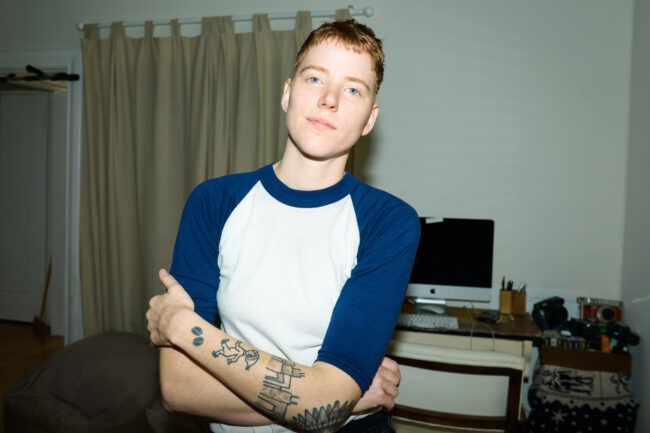
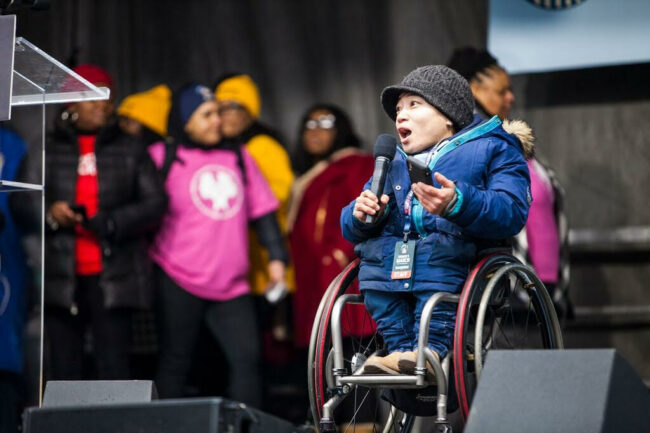

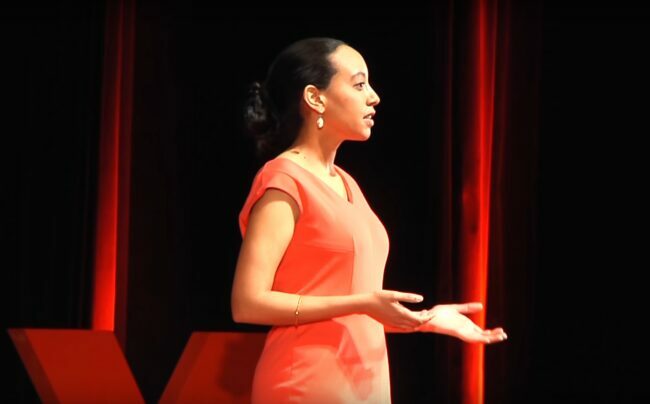
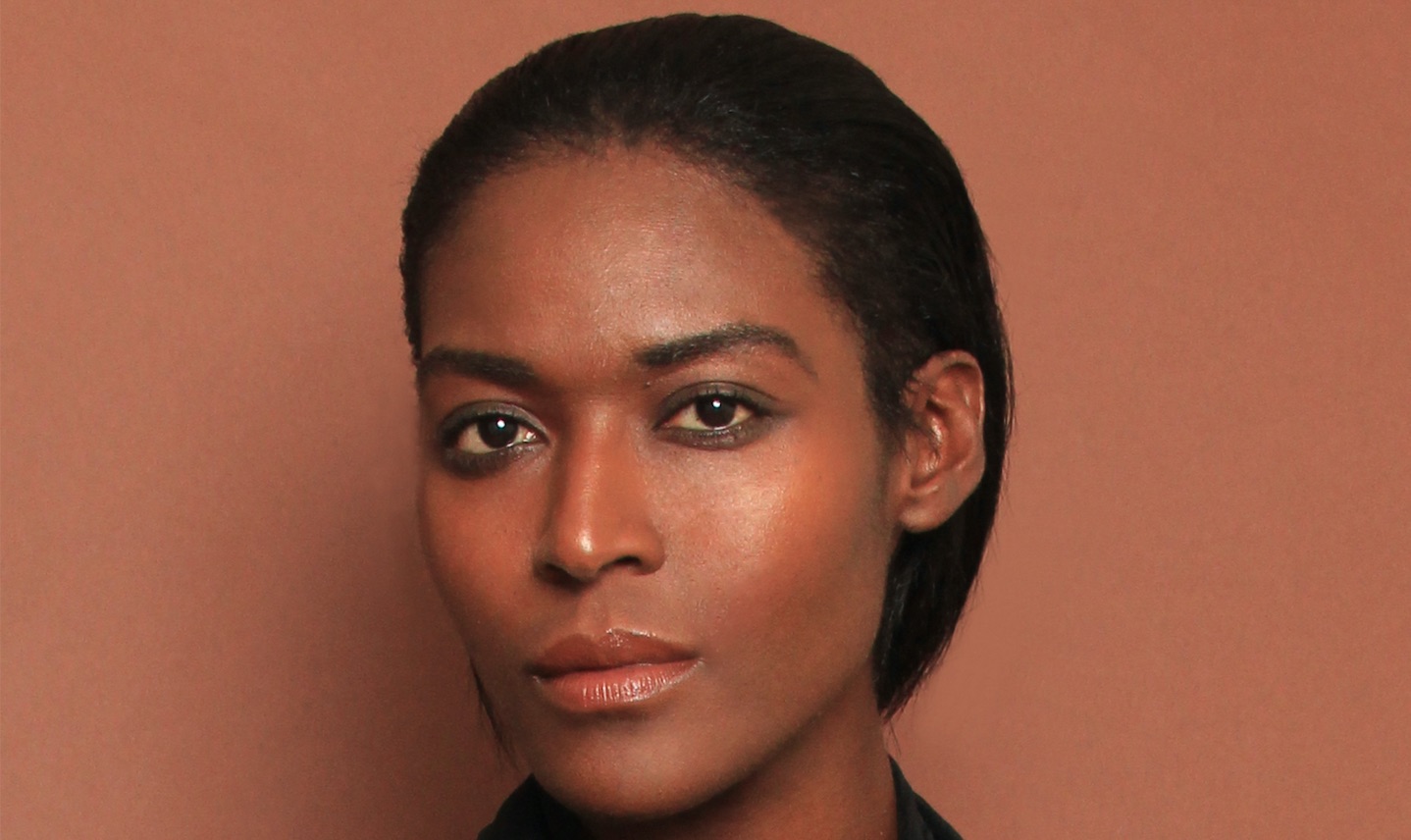
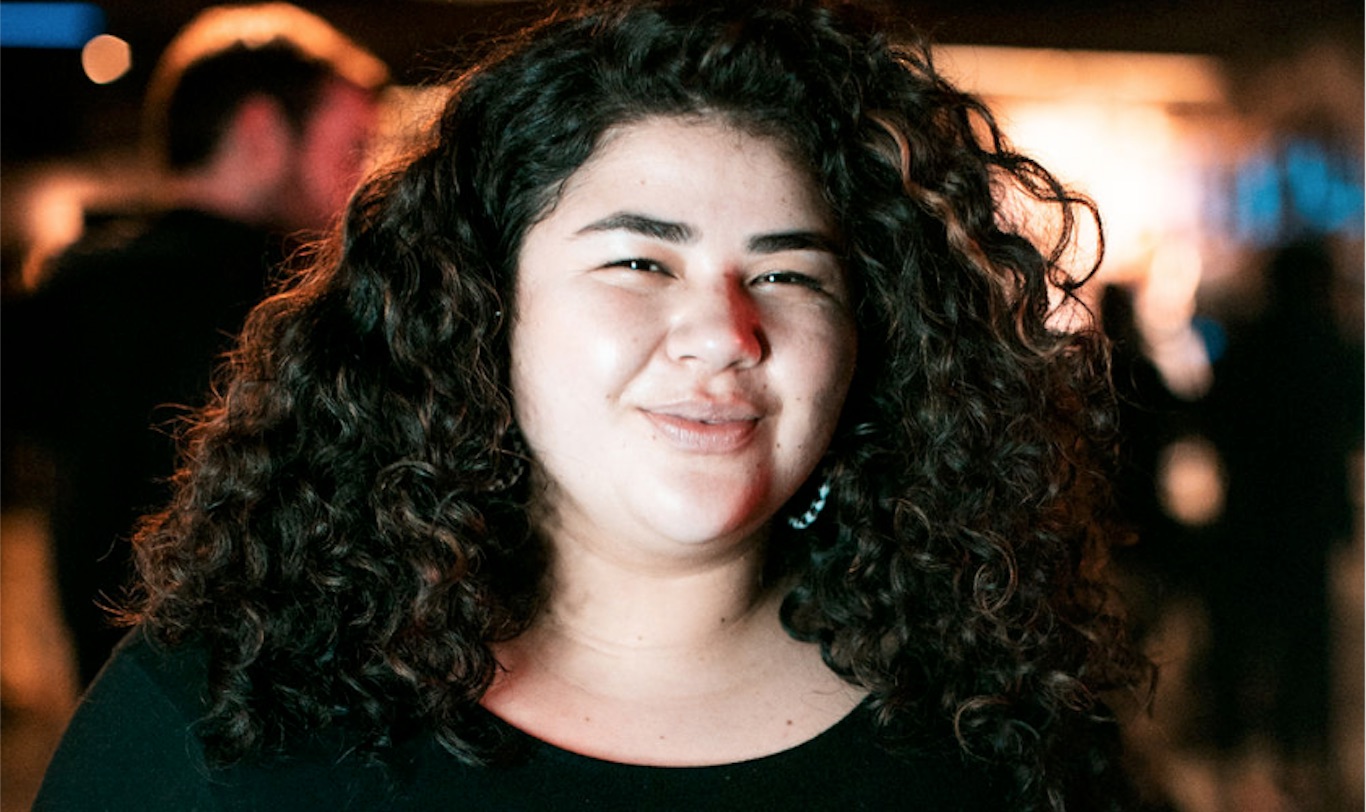
2 thoughts on “Meet Award-winning Artist & Designer Sage Paul – The Founder Of Indigenous Fashion Week Toronto.”